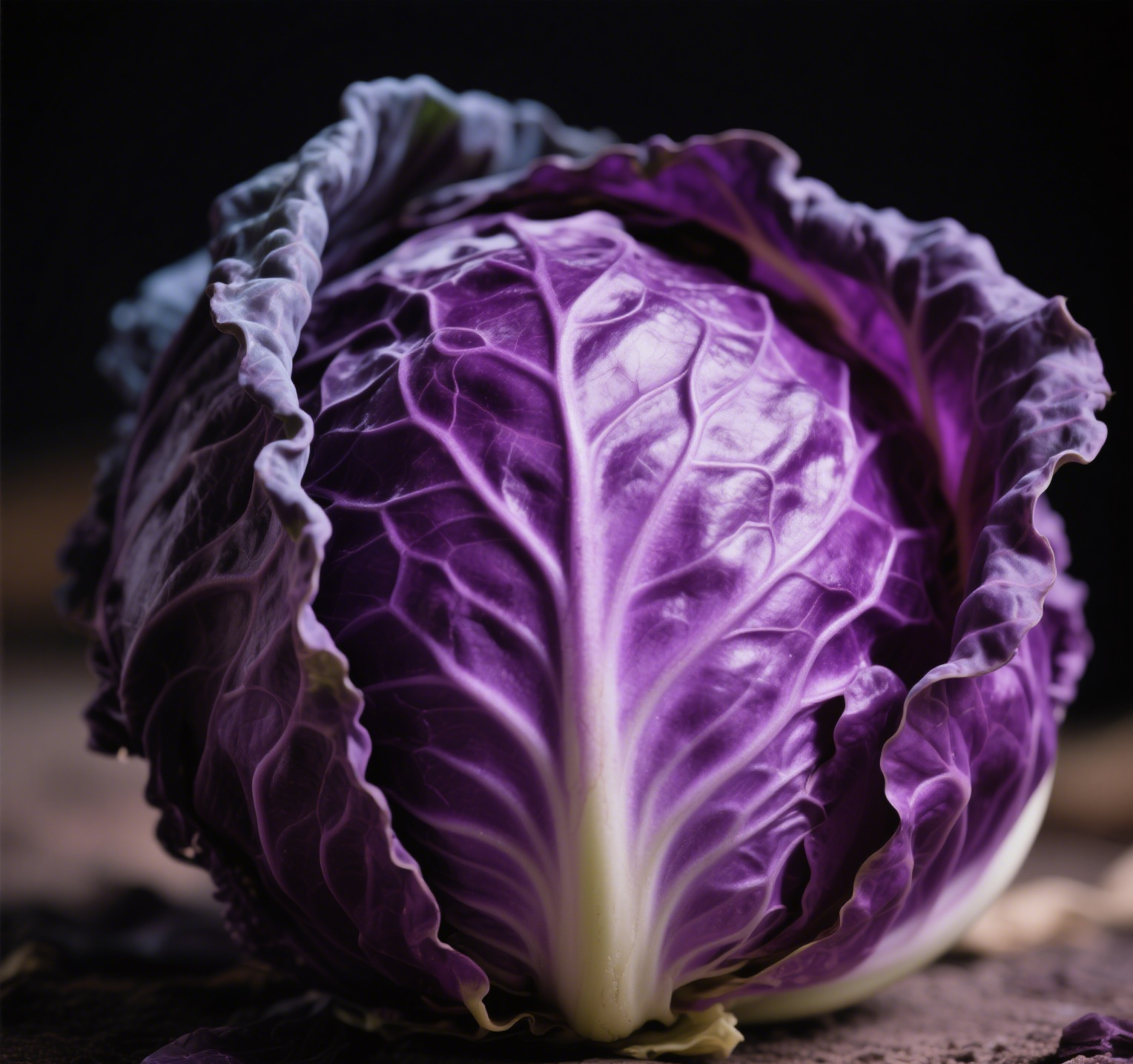Physical Address
304 North Cardinal St.
Dorchester Center, MA 02124
Physical Address
304 North Cardinal St.
Dorchester Center, MA 02124
Is purple cabbage good for you, purple cabbage benefits, purple cabbage recipes, purple cabbage nutrition, how to cook purple cabbage.
A Nutrient-Packed Guide for Home Cooks
Purple cabbage, with its striking color and crisp texture, is more than just a vibrant garnish. This cruciferous vegetable (also called red cabbage) is a nutritional powerhouse, beloved in global cuisines for its versatility and health benefits. But is purple cabbage actually good for you? Let’s unpack its nutritional profile, explore its science-backed perks, and share creative ways to incorporate it into meals.

Purple cabbage belongs to the Brassica family, alongside kale, broccoli, and Brussels sprouts. Its deep hue comes from anthocyanins, potent antioxidants linked to reduced inflammation and chronic disease risk. Compared to green cabbage, purple cabbage contains 10 times more vitamin A and higher levels of vitamin C, iron, and potassium. Low in calories (28 per cup) but high in fiber, it’s a guilt-free addition to any dish.
Anthocyanins in purple cabbage neutralize free radicals, protecting cells from damage. Studies suggest these compounds may lower the risk of heart disease, diabetes, and certain cancers.
One cup of shredded purple cabbage provides 2 grams of fiber, aiding digestion and promoting gut health. Its natural probiotics (when fermented as sauerkraut) also boost beneficial gut bacteria.
With 85% of your daily vitamin C per cup, purple cabbage helps build collagen, heal wounds, and enhance immune function—ideal for cold and flu season.
The potassium in purple cabbage regulates blood pressure, while anthocyanins improve cholesterol levels by reducing LDL (“bad” cholesterol).
Low in calories and high in water content, purple cabbage keeps you full longer. Its fiber slows digestion, stabilizing blood sugar and curbing cravings.
Rich in vitamin K (28% of your daily value per cup), purple cabbage aids calcium absorption and bone mineralization.
Purple cabbage’s mild, slightly peppery flavor works raw or cooked. Here’s how home cooks can make the most of it:
While both are nutritious, purple cabbage has a clear edge:
From its disease-fighting antioxidants to its kitchen versatility, purple cabbage is a must-have for health-conscious home cooks. Whether you’re shredding it into slaw, fermenting it into sauerkraut, or blending it into smoothies, this vegetable delivers flavor, color, and nutrients in every bite.